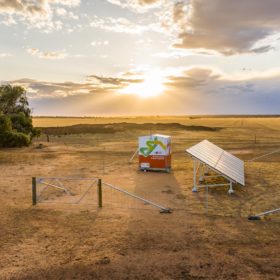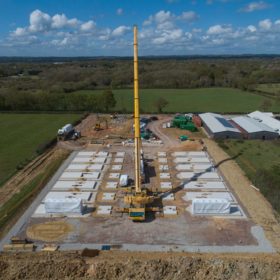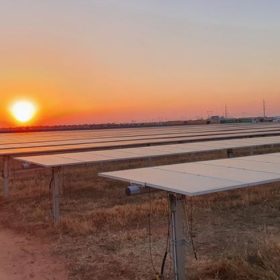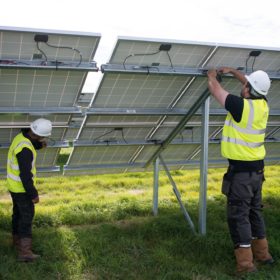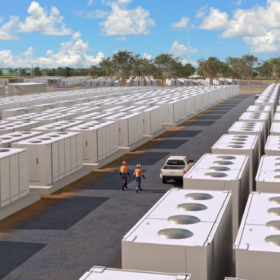Saturday read: Scaling up standalone power systems
As technology redefines the delivery of network services, grid operators in remote areas the world over are searching for more cost-effective and reliable alternatives to traditional poles and wires. Standalone power systems are the solar application that is at the forefront of the switch, and they’re ramping up fast.
EnergyAustralia explores microgrid technology in Melbourne housing estate
Australian electricity gen-tailer EnergyAustralia is exploring the benefits of microgrid technology, teaming with property developer Villawood Properties to establish a solar PV-powered microgrid community in Melbourne’s north that could see residents reduce their power bills by more than 50%.
Energy storage projects attract attention of global EPC giant
With large-scale battery developments emerging as an increasingly important component of Australia’s energy mix, India-headquartered multinational Sterling and Wilson Solar has revealed plans to expand its renewable energy offerings to include providing engineering, procurement and construction solutions for energy storage projects.
Dubai project promises ‘customised, walkable’ building PV
The new headquarters planned by DEWA is intended to consume no more annual electricity than it generates, from a large volume of rooftop and building-integrated PV.
Twiggy Forrest’s green hydrogen ambitions will require renewables at 3x Australia’s total energy consumption
In a campaign style speech, Andrew ‘Twiggy’ Forrest, founder of Fortescue Metals and one of Australia’s richest men, outlined his ambition of producing mammoth quantities of green hydrogen, a task he sees as imperative to stop the “planet cooking” while also cornering a market he believes will soon be worth trillions.
SA Greens seek to reinstate a publicly owned electricity system — based on renewables
The South Australian Greens Party has proposed a tax-and-spend plan for the state that goes against everything the Federal Government advocates, in favour of massive funding of essential services and reducing carbon emissions in the process.
India hits 100 GW renewables milestone
Solar’s share in the installed 100 GW renewable energy capacity stands at around 44%, and wind at 40% as per the data available from India’s Central Electricity Authority.
Saturday read: Dirty double standard on display
Australia’s proposed 26 GW Asian Renewable Energy Hub has encountered what appears to be a governmental double standard, as the country’s environment minister has rejected an expanded proposal. Thankfully, the project’s proponents have not become discouraged in the face of this double standard; in fact, they’re doubling down.
Australia’s biggest solar farm opts for AI-powered bidding platform
The operators of Australia’s largest solar farm have turned to a software-based bidding solution as they seek to optimise dispatch and manage the facility’s market trading and power purchase commitments amid increasingly market volatility.
Pumped hydro and solar projects progress Queensland’s energy transition
Queensland’s transition to a renewable energy future is set to progress with the state government calling for tenders for the proposed 1 GW Borumba Dam pumped hydro energy storage project while work on a nearby 176 MW solar farm has also reached a new milestone.
